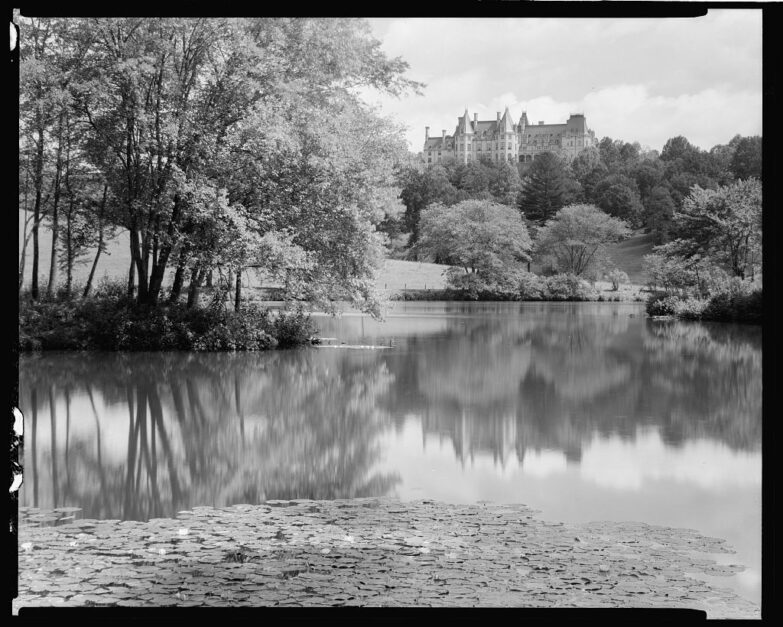Over the years, all of us have received emails with a note at the bottom suggesting that you not print the email, implying that to do so would help with the destruction of our forests. This suggestion can create misunderstanding regarding the realities of how we manage our forests in the United States.
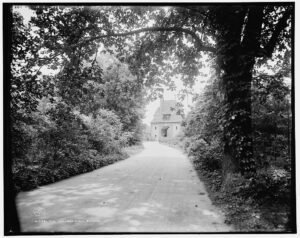 The United States possesses approximately 9% of the world’s hardwood resource yet satisfies nearly 25% of the world’s appetite for hardwoods in flooring, furniture and joinery. For every tree harvested 2.4 trees takes its place through natural regeneration. We now have nearly twice the volume of standing hardwood trees than we did 50 years ago.
The United States possesses approximately 9% of the world’s hardwood resource yet satisfies nearly 25% of the world’s appetite for hardwoods in flooring, furniture and joinery. For every tree harvested 2.4 trees takes its place through natural regeneration. We now have nearly twice the volume of standing hardwood trees than we did 50 years ago.
This model of sustainability is achieved through the dedication of landowners and foresters who practice sustainable forest resource management. This is a model for the world. To understand how we have developed a successful resource management model for the world, it is useful to have some historical context.
When we were first building our young nation, well before the industrial age and the use of steel, our forebearers began to build their new world by harvesting trees for a variety of needs. Wood was used to build homes, buildings, cities, railroads, while forests were cleared for farmland to provide food. They considered the forest resource to be inexhaustible. Sadly, they lacked a plan for sustaining the resource for future generations. Like all industries, we had lessons to learn.
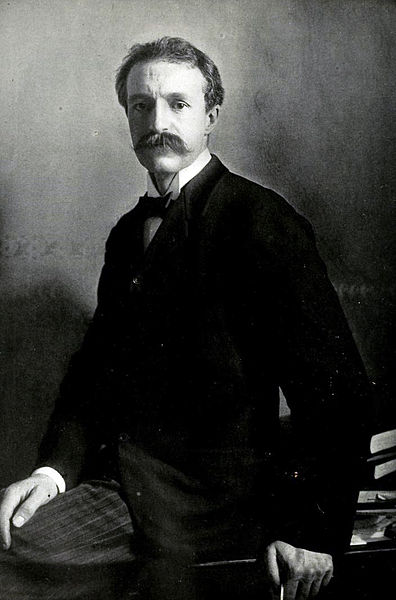
In the 1880’s, Gilford Pinchot, future governor of Pennsylvania, graduated from Yale with a passion for forestry, and traveled to France to attend the French National School of Forestry. He spent a year studying forest management there and returned to America, taking a position as resident forester at George Washington Vanderbilt’s Biltmore Estate in North Carolina. Mr. Pinchot’s plan for the management and preservation for the 125,000-acre Biltmore Estate was the first of its kind in America and became the model for national scientific forestry. He took what was once overworked forest and farmland and by applying his forest management protocols, set the estate on a path of forest restoration and recovery that has carried forward for more than a century. Pinchot went on to become the first chief of the US Forest Service and founder of the Society of American Foresters.
Landowners and foresters across America have taken the lessons learned from Mr. Pinchot to heart. In the last 100 years we have made remarkable strides in reclaiming forestland and in transforming the productive health of our forests through modern forestry practices. With the passing of each generation our stewardship of softwood and hardwood timber resources improves significantly.
We can now take genuine pride in the success of our forestry management, allowing the hardwood industry to bring beauty to the world through the many products created from the lumber.
An original article by Criswell Davis, TFF’s founding director. To learn more about the the legacy of our mentor and friend Criswell, visit https://timberandforestry.org/criswell-davis/.



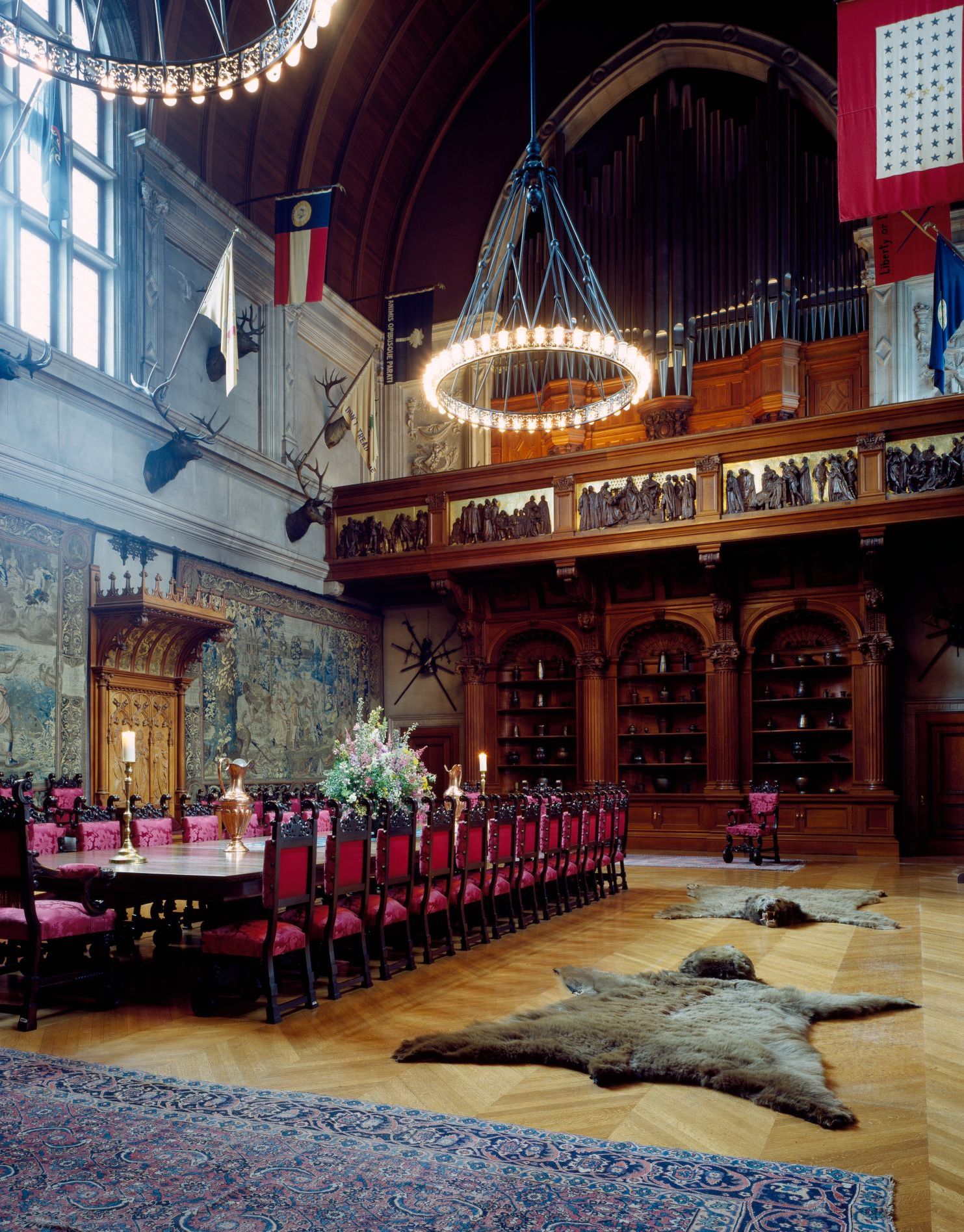
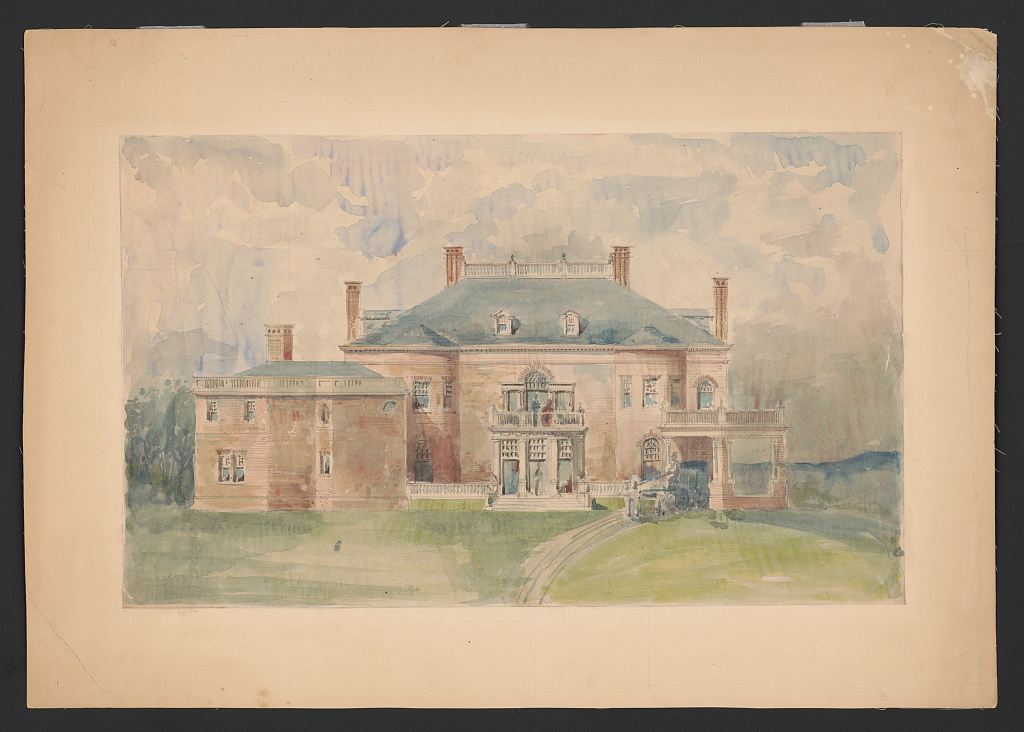

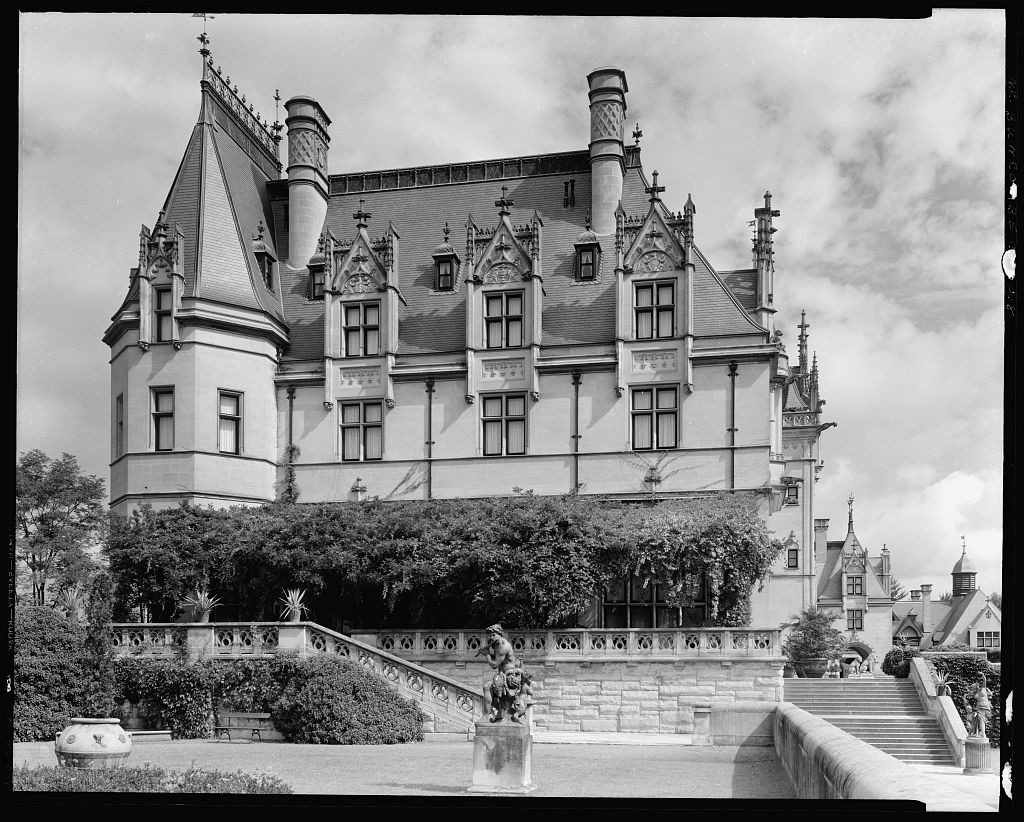
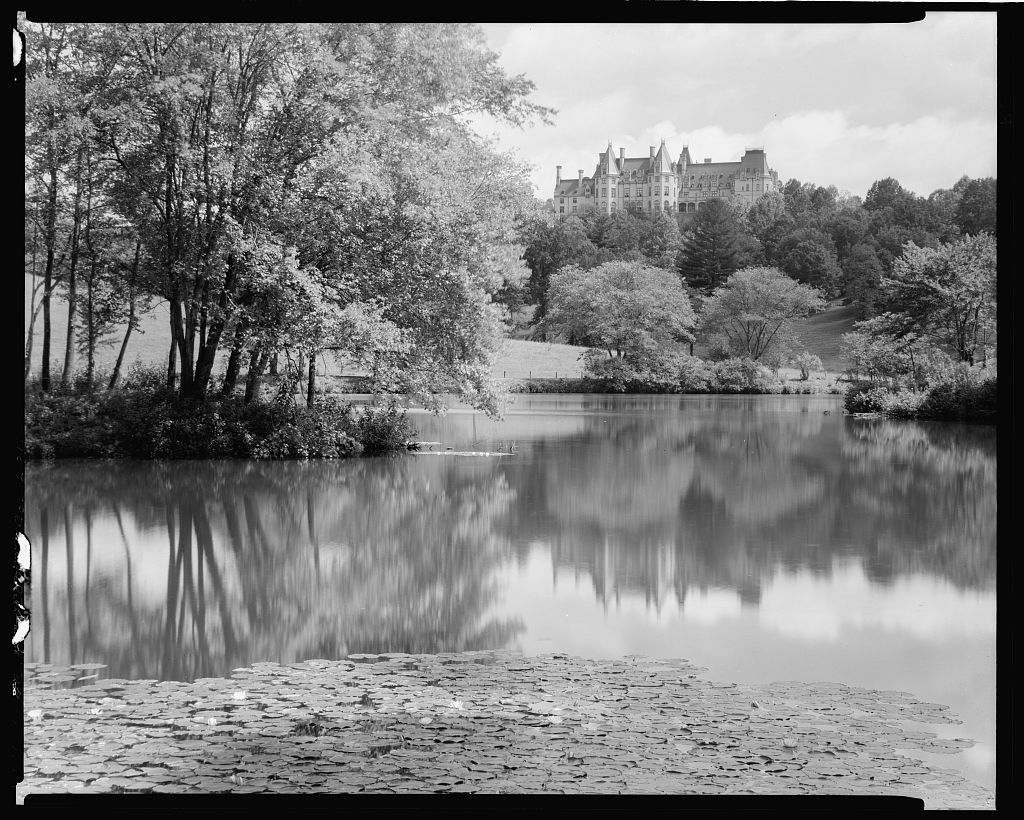
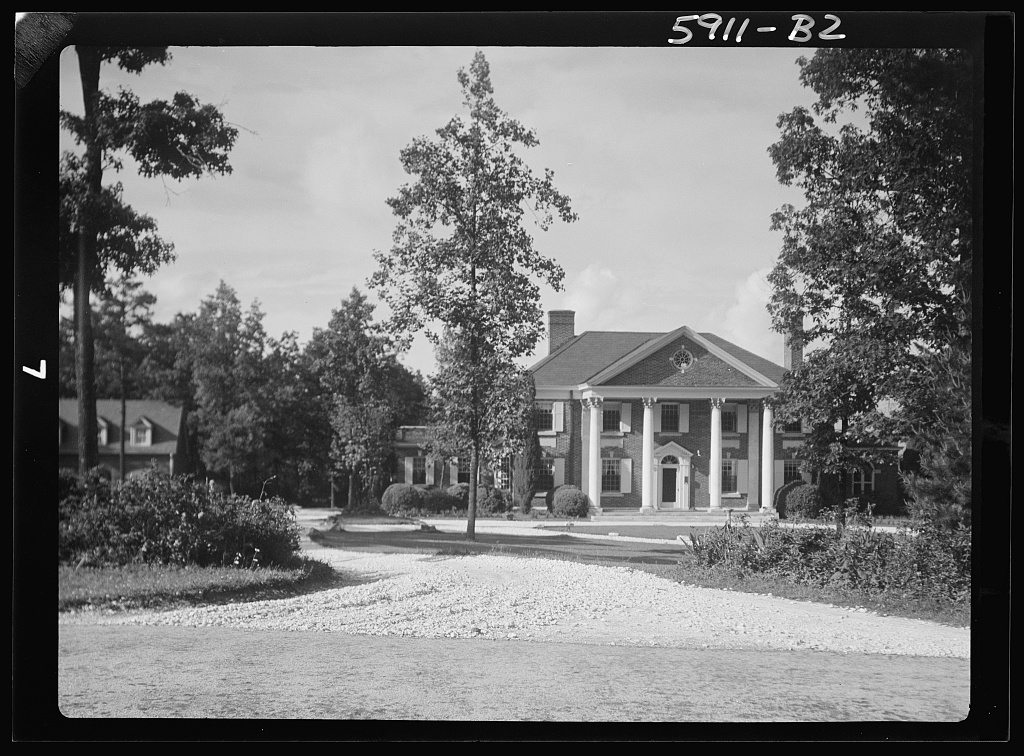
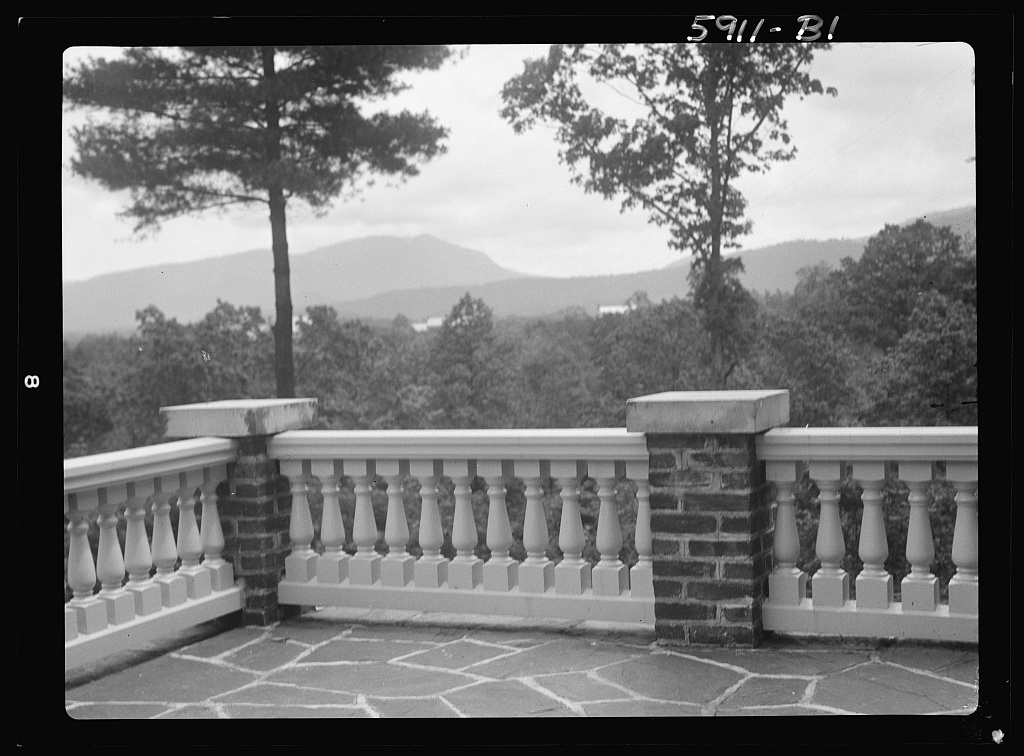
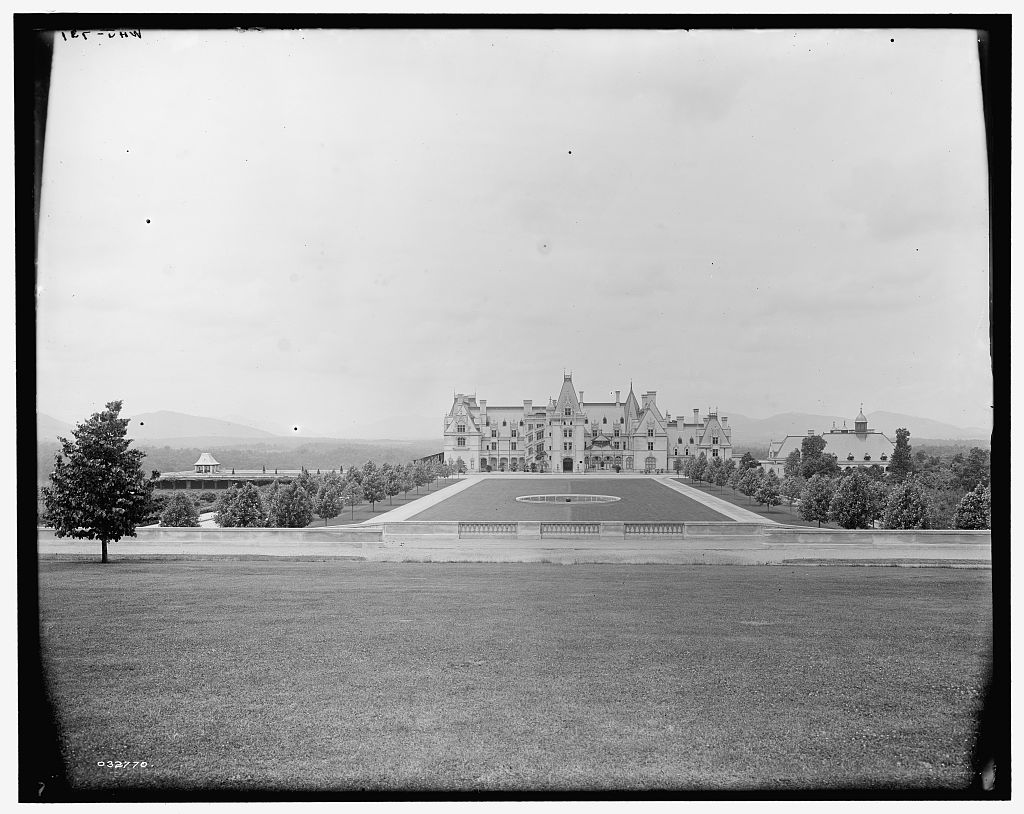
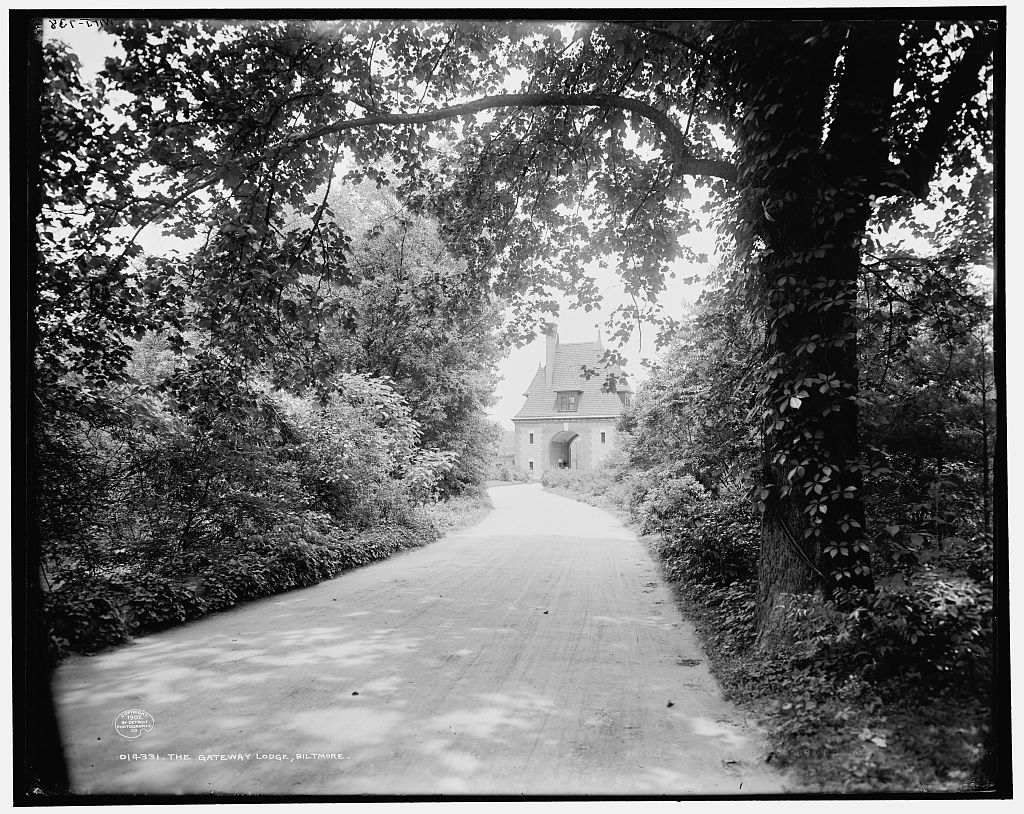
Images of the Biltmore Estate, from the Library of Congress

